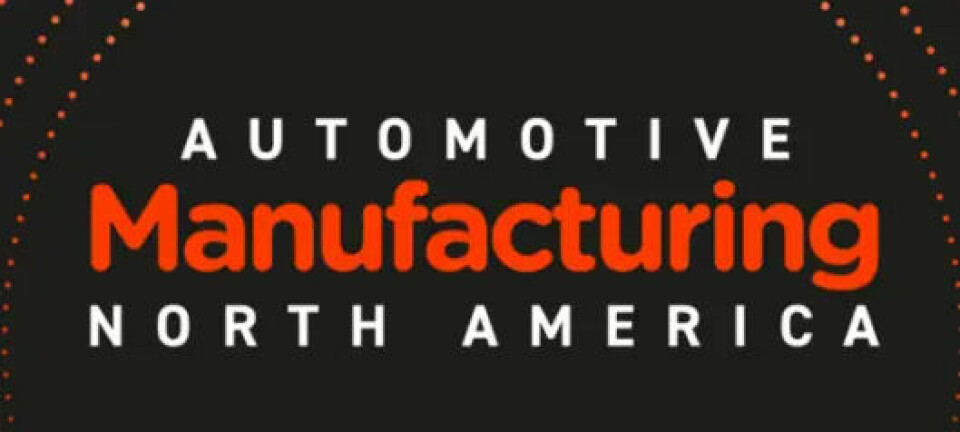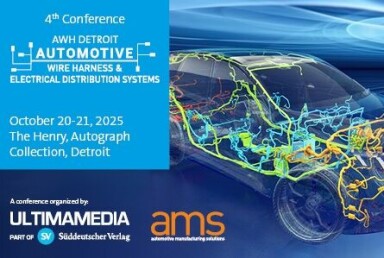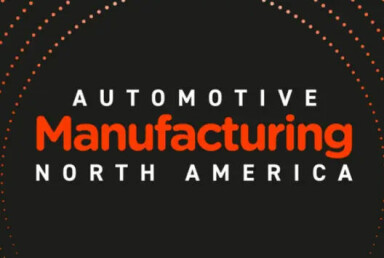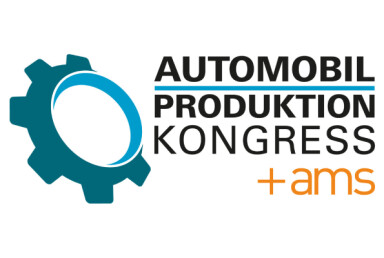US EV investment
Trump-era policy shift slows US EV investment plans
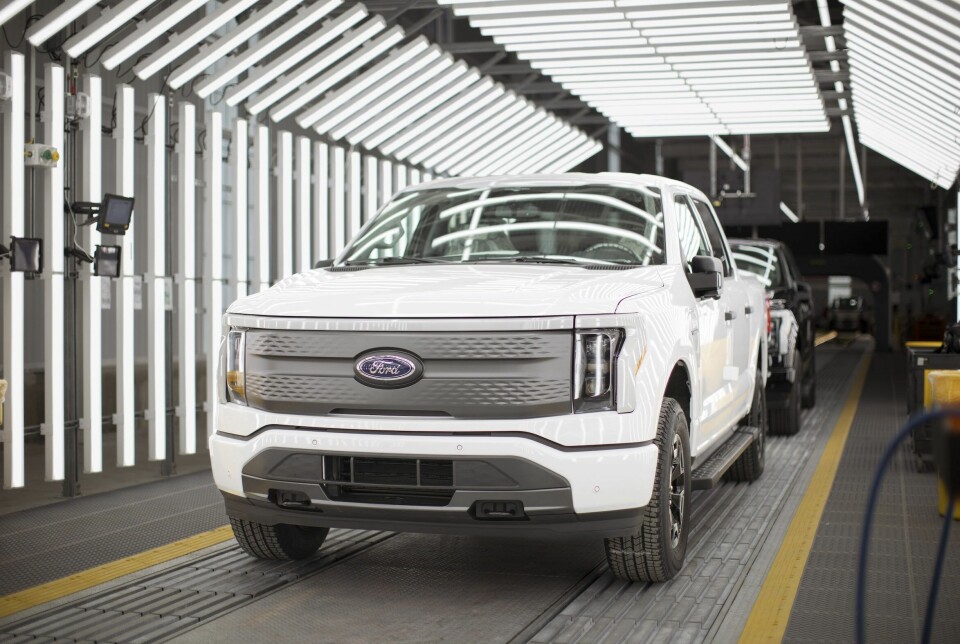
EV growth in the US is cooling as trade tariffs and weakened regulations under the second Trump administration reverse course from Biden-era incentives. Automakers including Ford, GM, and BMW are delaying or downsizing battery plant investments, reshaping the country’s electric future.
The application of tariffs has upended long established norms in trade policy and exerted greater influence on which vehicles are being produced and where they are made for the US market, this as the automotive industry continues with the challenging transition to EVs. In addition, the investment and manufacturing trajectory for EVs in the US has also been upended by policies of emanating from the second Trump presidency. Under the Biden administration, numerous policies, embodied in the somewhat misnamed Inflation Reduction Act, encouraged significant investment electric vehicle and battery production. The payback, in terms of increased EV production and sales, was designed to be achieved through tax rebates for consumers at the point of purchase of the EV. Whether the incentives were not enough, or consumers just were not ready to make the switch wholesale to electric powertrains (reflecting US consumers’ love for traditional ICE powertrains), the second Trump presidency has helped bring the switch to EVs if not to a halt, then to a much lower level of market penetration. The current US government has also decided to exempt car companies from fines if they fail to meet emissions rules set by the previous administration; the regulatory push to EVs has, it is clear, stalled.
EV battery production volumes revised
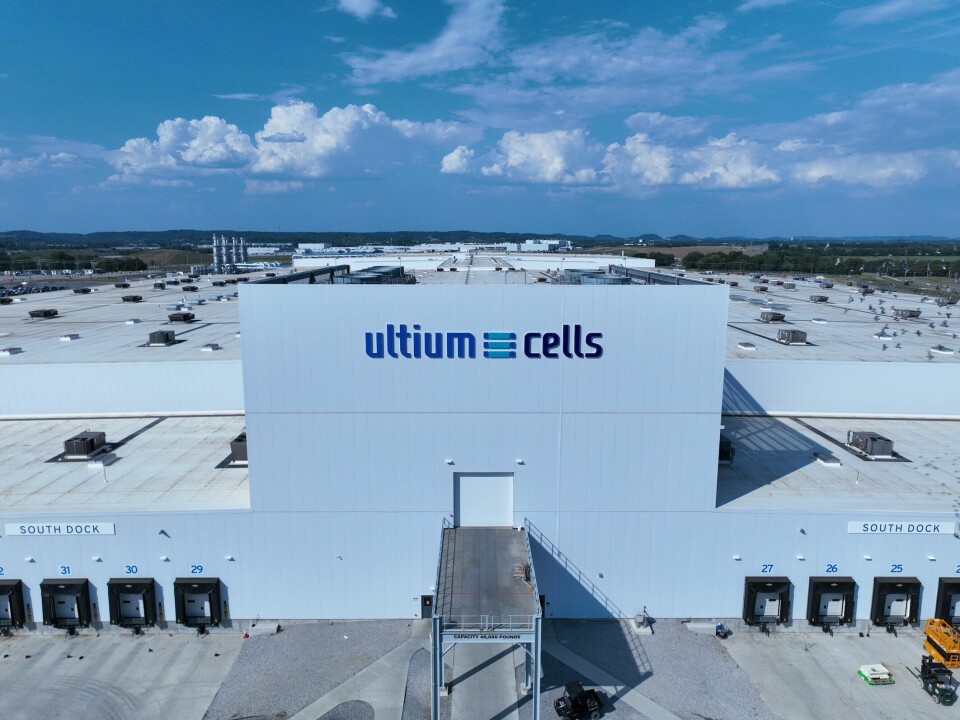
In turn this has begun to impact investment in battery plants, with reduced battery capacity required for the lower number of EVs now expected to be built in the next few years. For example, GM has recently said that it needs only three battery plants, rather than four it had planned. It has sold a site to LG but will retain two joint venture sites with LG, operating under the Ultium brand, as well as continuing with a JV plant with Samsung. LG itself has delayed a new battery plant in Arizona until H1/2026; this US$5.5 billion plant is due to supply Tesla and Rivian. LG’s battery plant for the Hyundai Metaplant was disrupted by an immigration raid with several Korean workers deported. The removal of these skilled workers who were apparently setting up the new production lines will delay the start of battery production there by several months. Meanwhile Ford has put one of three two battery plants it had planned for its Kentucky operations on indefinite hold. Battery factory construction continues in Michigan where Ford is investing US$3 billion to make 20 GWH of lithium iron phosphate batteries, around 40% lower than originally planned.
BMW – or rather its battery partner AESC – has paused construction of a new US$1.6 billion cell factory in South Carolina, although the factory will likely produce cells from other vehicle companies. BMW is understood to be considering sourcing cells from China instead (despite the potential tariff of up to 82% on Chinese cells) but will assemble batteries itself in its own new facility near to the Spartanburg vehicle plant. Further south, in Georgia, Hyundai continues with plans for two battery factories, to be operated by LG, close to the Hyundai Metaplant factory. The two battery plants will each have a capacity for producing enough batteries for 300,000 EVs, with production due to start during the first half of 2026; originally the first plant was due to have started production in late 2025.
Stellantis has been investing more than US$6 billion in two battery plants in Kokomo, Indiana, in a joint venture with Samsung. The first factory, a 23GWH plant, began production earlier this year; the second bigger 34 GWH plant is due to start production in 2027 but could be delayed. Toyota meanwhile is already producing hybrid batteries in a new factory in Liberty, North Carolina where it is investing US$13.9 billion. This facility will reportedly have 14 assembly lines for producing lithium-ion batteries of BEVs, PHEVs and HEVs. This plant will also supply Lexus models made in Canada and Honda hybrids made in the US. Volkswagen meanwhile is still planning to build a US$7 billion battery factory in Ontario, but production is not due to start until 2027. The first vehicles to be supplied from this plant will likely be the Scout EVs which Volkswagen will make in South Carolina. Another Chinese company, Gotion, was due to build a battery plant in Michigan but this was paused in mid-2025 after the local government withdrew support for the factory.
The company [Ford] has gone as far as to call the new platform something like a modern-day Model T moment
Ford invests in a new low-cost EV platform
In 2022, Ford set up what it called a “skunks works” in California, with the aim of completely revising how the company produced vehicles as the industry headed into the EV era. The team was charged with designing a cheaper and more flexible manufacturing system compared to prevailing manufacturing orthodoxies. The first results of this programme were announced in August, in the form of the Ford Universal EV Platform (FUEVP). The first vehicle produced off this platform is planned to be an electric pick-up truck at the Louisville Assembly plant in Kentucky, due in 2027. This factory is receiving investment of around US$2 billion. Ford plans for this to retail at US$30,000, while offering more space and utility than the Toyota RAV4 the Ford engineers used as a benchmark. Other body styles for other segments will follow, inside and outside the US.
EVs made on the FUEVP will use LFP batteries, with prismatic cells, which will be made in the new battery factory which Ford is building in Michigan. More significantly, the manufacturing process for FUEVP vehicles at the revamped Louisville Assembly plant will differ from manufacturing set-ups used by Ford until now. In the revamped Louisville layout, the three main parts of the vehicle platform, the front, the rear and the middle (which is where the battery sits), will be made on three individual parallel lines. They will then be brought together in the final stages of the assembly line. Ford claims that the set-up will be shorter than a conventional line, requiring 40% fewer workstations, and will also mean a quicker assembly time, producing vehicles in 15% less time than on a conventional existing line. In fact, some Ford press material suggests that the new vehicles will put together 40% more quickly than the time required for the Escape and Corsair which are currently produce in Louisville.
The new assembly line and factory plans will employ 2,200 workers, versus the current set-up’s 2,800; reportedly there will be no mandatory redundancies, and the 600 otherwise redundant workers will be offered contract buy-outs or comparable positions at the nearby Kentucky Truck plant, also in Louisville.

Blue Oval investment cutback
While investment at Louisville proceeds, it is worth noting that investment at Ford’s large all-new Blue Oval vehicle plant in Tennessee has been cut back, with the first new vehicles due to be made there now delayed until 2028 at the earliest. The Tennessee factory had been due to receive investment of nearly US$11 billion for both vehicle and battery production and in the surrounding supply chain. The total to be invested here will likely now be lower, although it is not clear by how much it will be reduced. Ford will no doubt hope that the delay until 2028 may be just that, a delay. However, there must be some concern that the general slowdown in EV take-up across the US and the reduction in and withdrawal of incentives for EV adoption which the Biden administration had introduced will mean that more delays and reduced investment in this project are possible.
Returning to the FUEVP, there are some notable numbers surrounding the project. For example, the first vehicle will use wiring harnesses which will be 1.3 kms shorter than in those on current Ford models. The programme has also been designed to require 25% fewer fasteners through the use of large gigacastings for the three core parts. The LFP batteries planned for this programme, and indeed for most future Ford EVs, are expected to be at least 20% cheaper than the nickel-cobalt-manganese batteries which Ford has used until now.
The company has gone as far as to call the new platform something like a modern-day Model T moment. The original Model T certainly transformed vehicle production and introduced the first modern, moving assembly line, since when vehicle production lines have undergone radical evolution and reshaping, e.g. with the Toyota Production System (TPS) or Tesla’s (and others’) adoption of the gigacasting approach. Ford’s approach with the FUEVP takes on board many of the ideas tried by Tesla (which is not surprising given the number of ex-Tesla executives running the programme) and adopt them to the new platform. However, it remains to be seen if the new platform is as transformative as the Model T was when it was launched.



